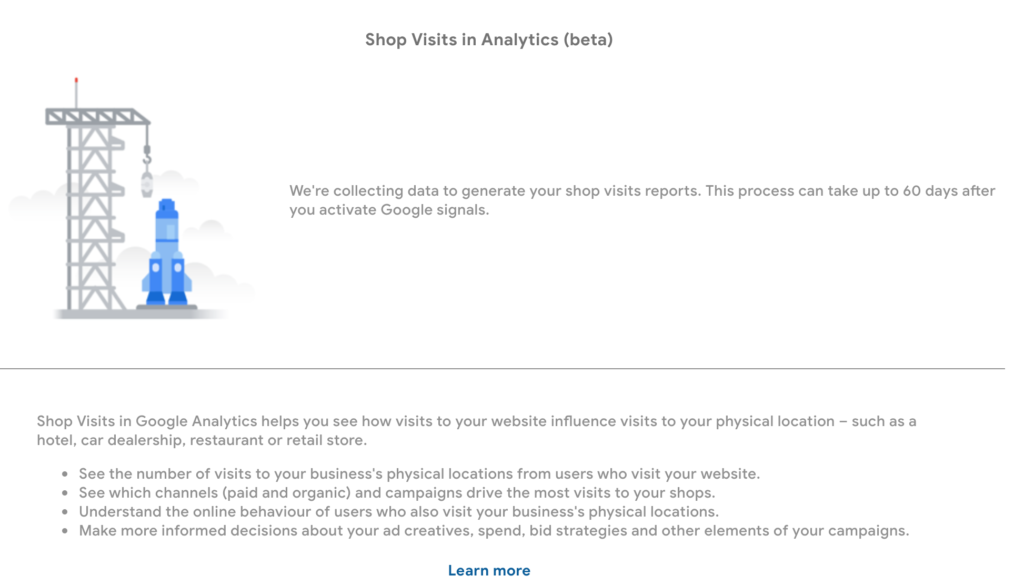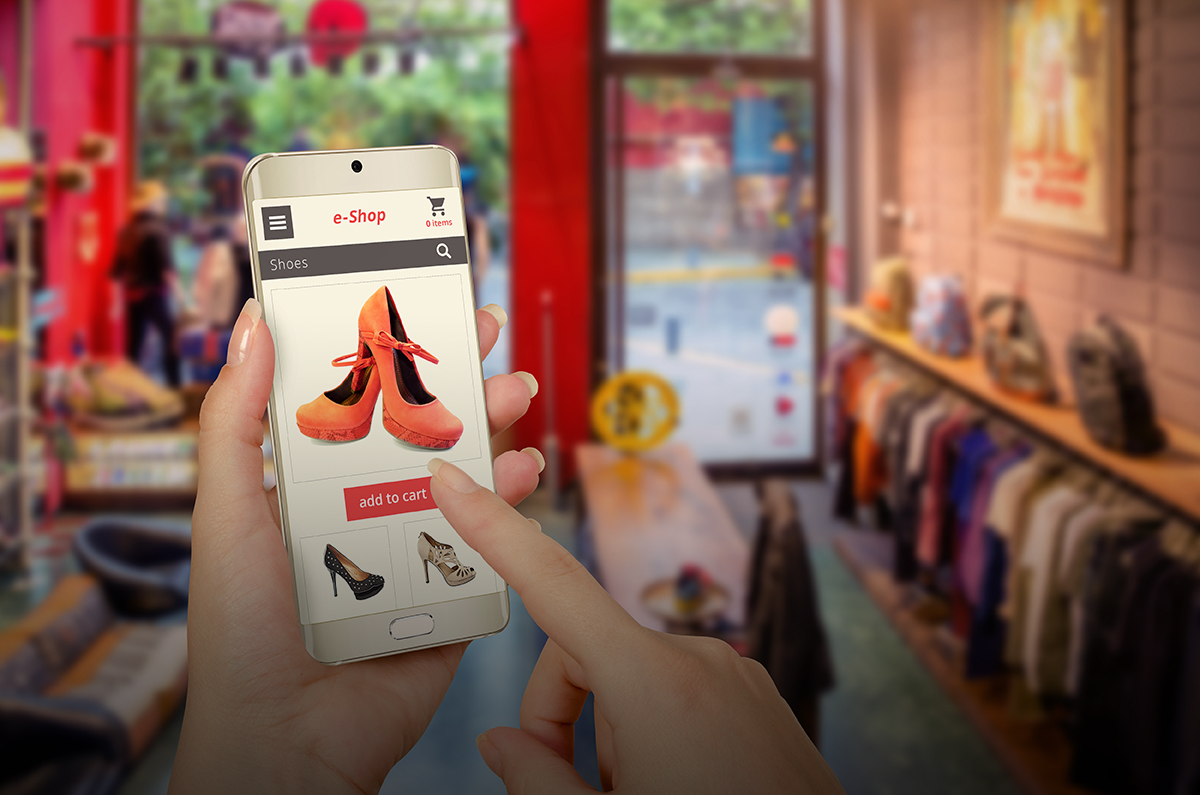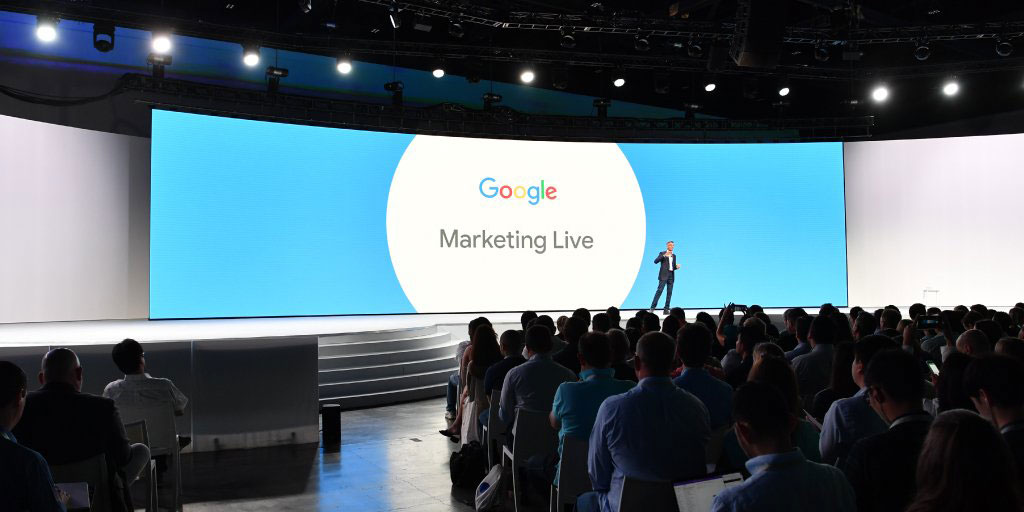Google Ads can now track offline store visits.
This. is. critical. if. you. own. retail. stores.
Finally, we can now measure effectiveness of our Google Ads and other PPC strategies that drive footfall to your physical bricks and mortar store.

Google generously wants to help you understand how AdWords paid search campaigns influence those physical store purchases. They deliver that generosity for the lucky businesses that can see “Store Visit” conversions in their AdWords account. This is generally going to be hotels, restaurants, and retail stores. It is released in beta format.
This is an amazing addition for businesses in Northern Ireland especially, where a high percentage of online activity leads to an actual in-store purchase.
Google store visit conversions are available to a limited number of AdWords advertisers. In order to be eligible to measure store visit conversions you need to:
- Have multiple physical store locations in eligible countries.
- Receive thousands of ad clicks and many store visits.
- Have a Google My Business account linked to your AdWords account.
- Create each of your store locations in your Google My Business account.
- Have at least 90% of your linked locations verified in Google My Business.
- Ensure location extensions are active in your account.
- Have sufficient store visits data on the backend to attribute to ad click traffic and pass Google’s user privacy thresholds.
Store visit conversions are determined using data from users that have opted-in to share their mobile device location history and are signed into a Google account, and also from users that are like them based on a highly accurate algorithm, which extrapolates data for non-signed in users.
How it works
Store visit data is based on anonymous, aggregated statistics. Google Ads creates modeled numbers by using current and past data on the number of people who click or view your ads and later visit your store.
Store visit data can’t be tied to individual ad clicks, viewable impressions, or people. Google use industry best practices to ensure the privacy of individual users.
Small numbers in store visit reports
Occasionally, store visit reports may show low numbers, even “1.” This can happen if you’re looking at data on more detailed level, such as segmenting by device. Because numbers are modeled and anonymized, “1” does not actually mean that that one person clicked or viewed an ad and then visited your store. Instead, it’s better to read this as a value close to one, or an average of one.
While this data can give you a sense of the breakdown of your campaign performance, store visit reports are more precise when the numbers are larger. So, to evaluate your campaign performance, we recommend using reporting levels with at least 100 store visits.
It’s also important to note that even when the reports present small numbers, our privacy techniques ensure that store visit data can’t be tied to individual people.
Get registering on-site store visits.
Want to get set up with this latest tracking conversion? Just email Marco at info@leagueofadvertising.com to find out more.





Recent Comments